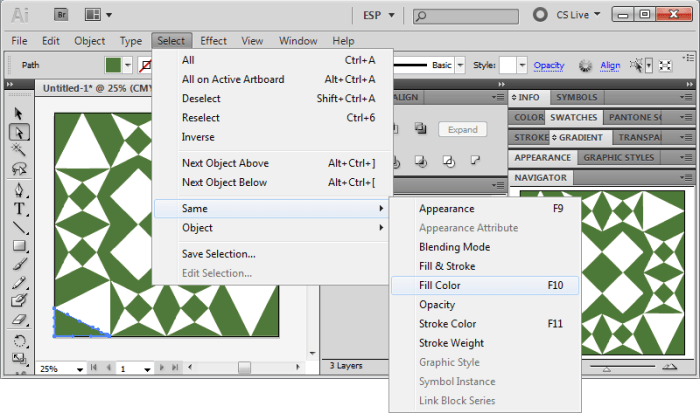Understanding Home Renovation Styles

Home renovation styles encompass the various aesthetics and design principles that guide the transformation of living spaces. They play a crucial role in defining the character of a home and ensure that renovations reflect the homeowner’s personal taste and lifestyle. Understanding these styles can help homeowners make informed decisions that enhance both their home’s appeal and functionality.The evolution of home renovation styles has been influenced by cultural shifts, technological advancements, and changing lifestyles.
From the ornate details of Victorian architecture to the minimalist lines of modern design, each era brings its own flavor. Key characteristics of major home renovation styles include:
- Modern: Characterized by clean lines, open spaces, and a focus on functionality, modern design often incorporates materials like glass and steel.
- Traditional: This style embraces classic details, symmetrical designs, and rich textures, often utilizing warm color palettes and natural materials.
- Rustic: Featuring natural materials, such as wood and stone, rustic design brings a cozy, organic feel to spaces, often incorporating elements that evoke a connection to nature.
Assessing Personal Preferences
Identifying personal style preferences in home renovation requires introspection and exploration of different design aesthetics. Homeowners can start by reflecting on their current living environment and noting what they like or dislike. Another effective method is to create a checklist that highlights individual tastes.
- Consider favorite colors and materials.
- Explore inspiration from various sources, such as magazines or online platforms.
- Analyze the functionality needs of each space.
Lifestyle plays a significant role in selecting a renovation style. For example, families with young children may prioritize durability and safety, while those who entertain often might seek open, inviting layouts.
Considering Architectural Features
The architectural style of a home significantly impacts renovation choices. Understanding existing features helps homeowners decide what renovations will enhance the property’s character rather than detract from it.

![Everything You Need To Do Before a Home Renovation [Infographic]](https://seekhelpifneeded.info/wp-content/uploads/2025/10/5e5e5e06df4ecc31cb111a27_20161229_102633.jpeg)
